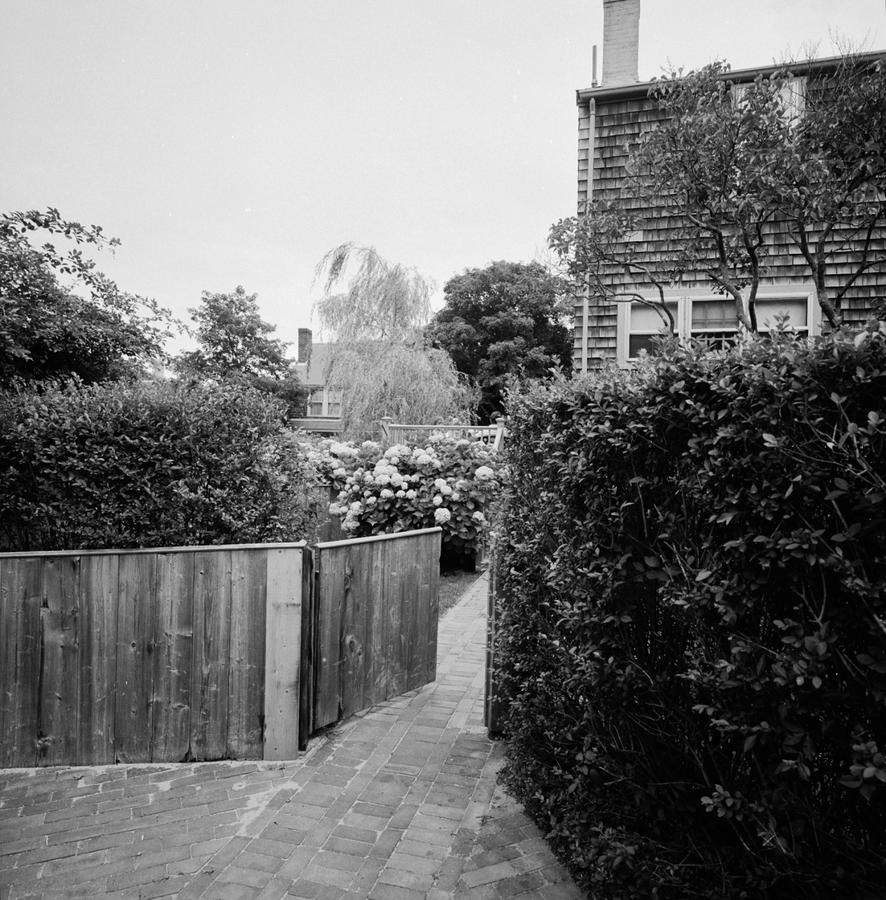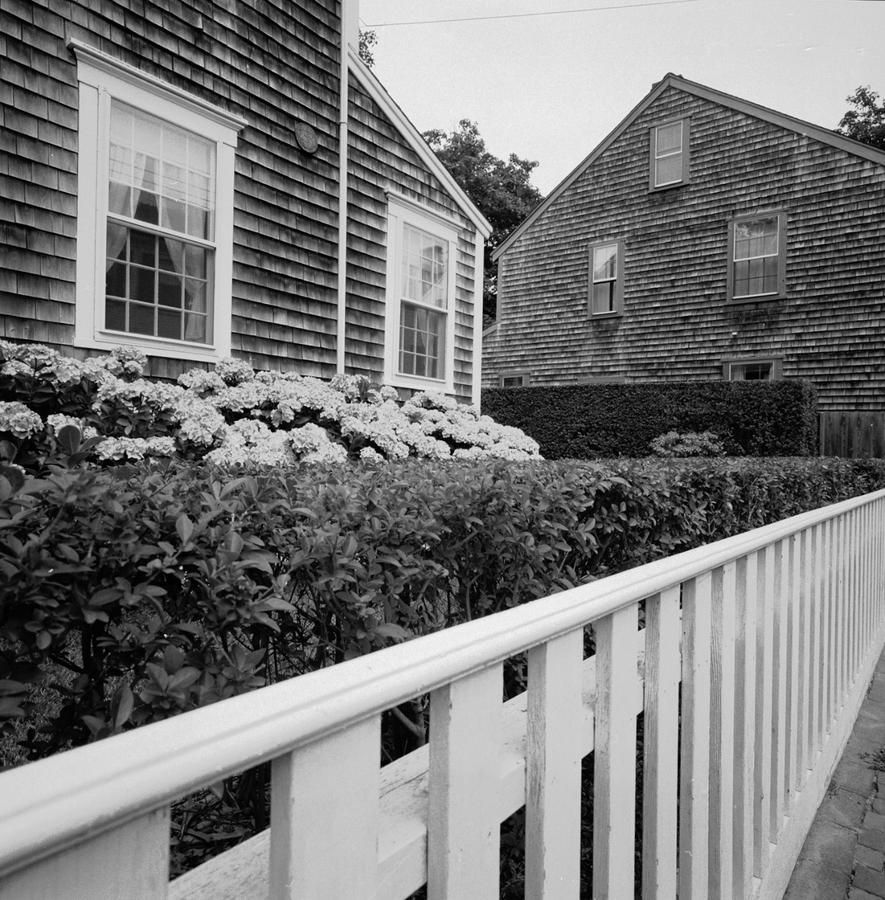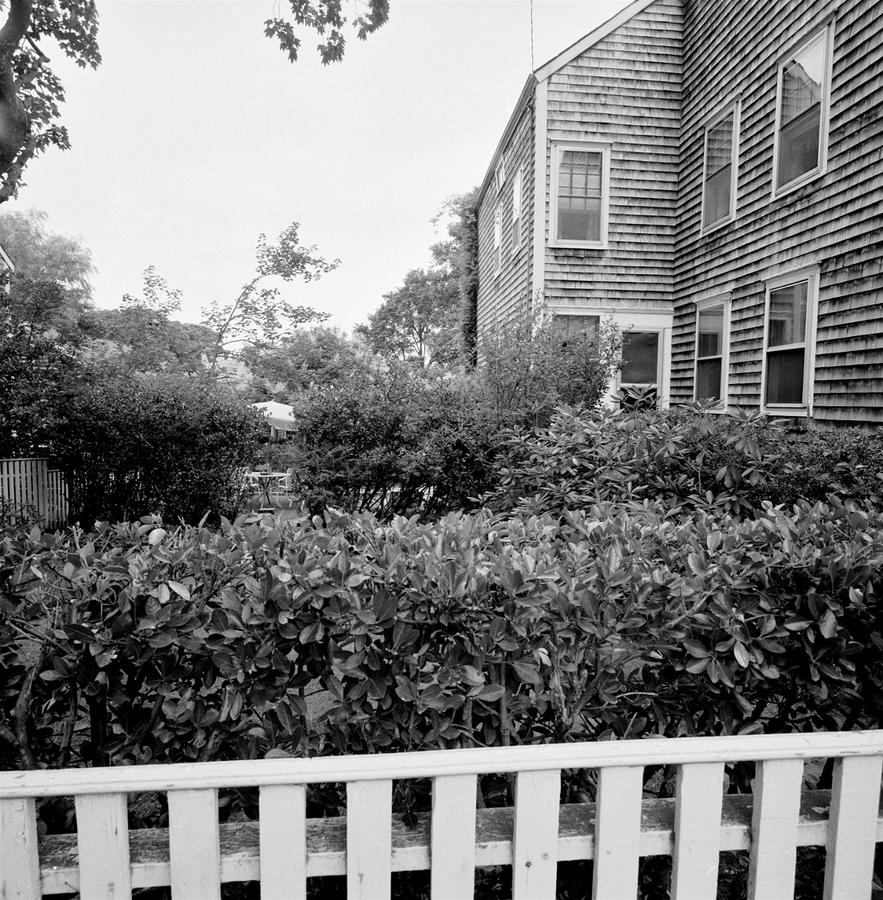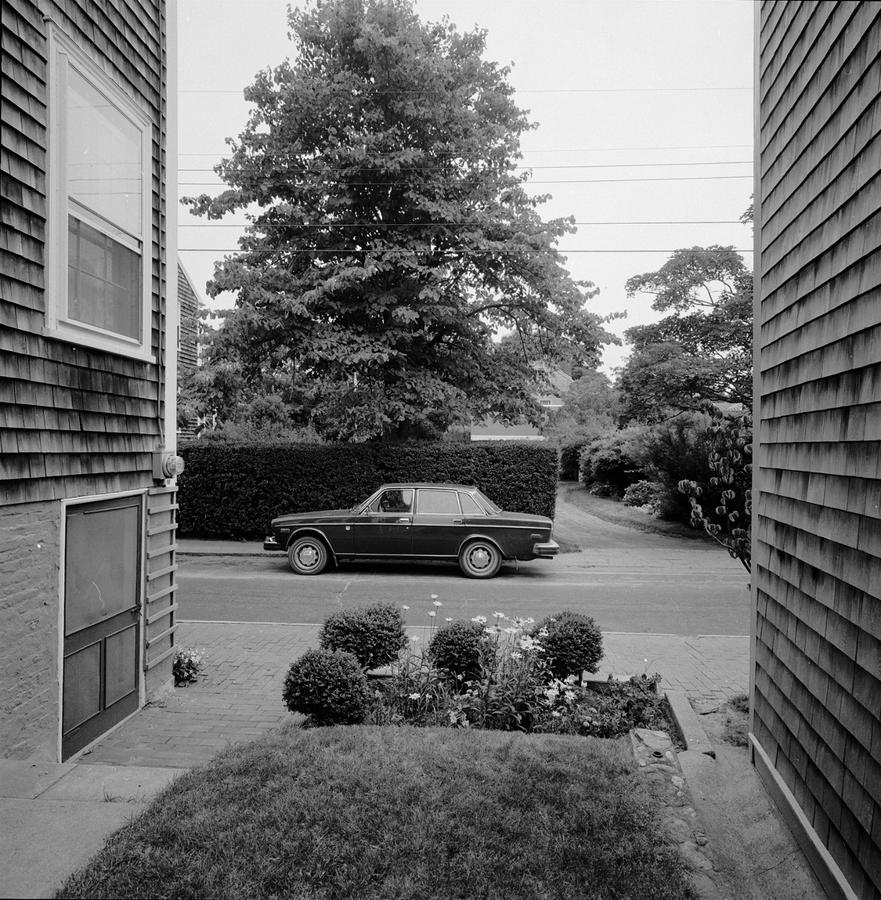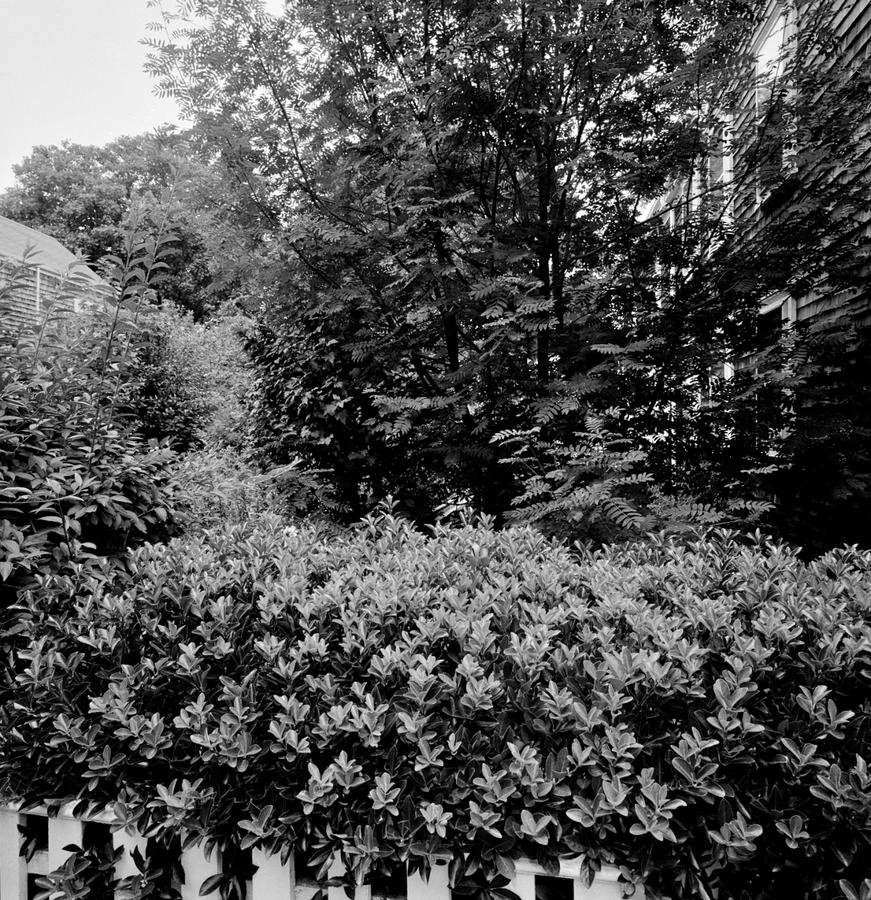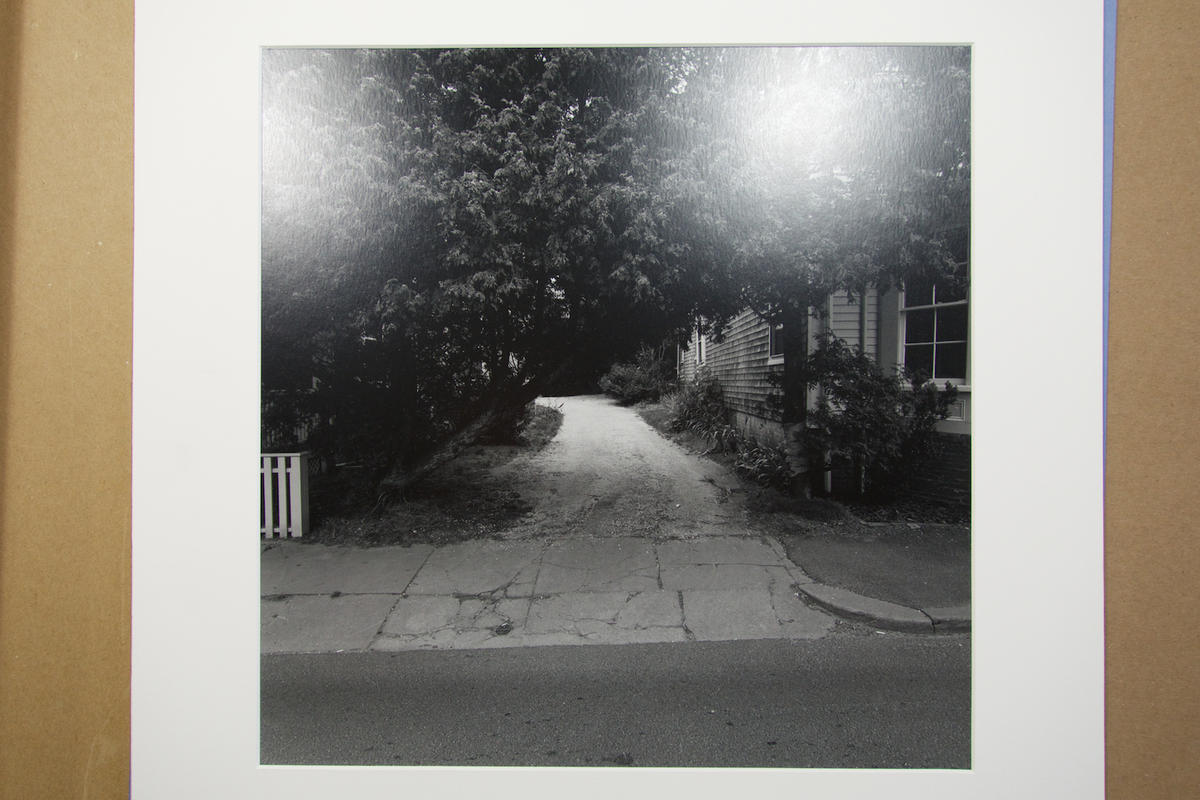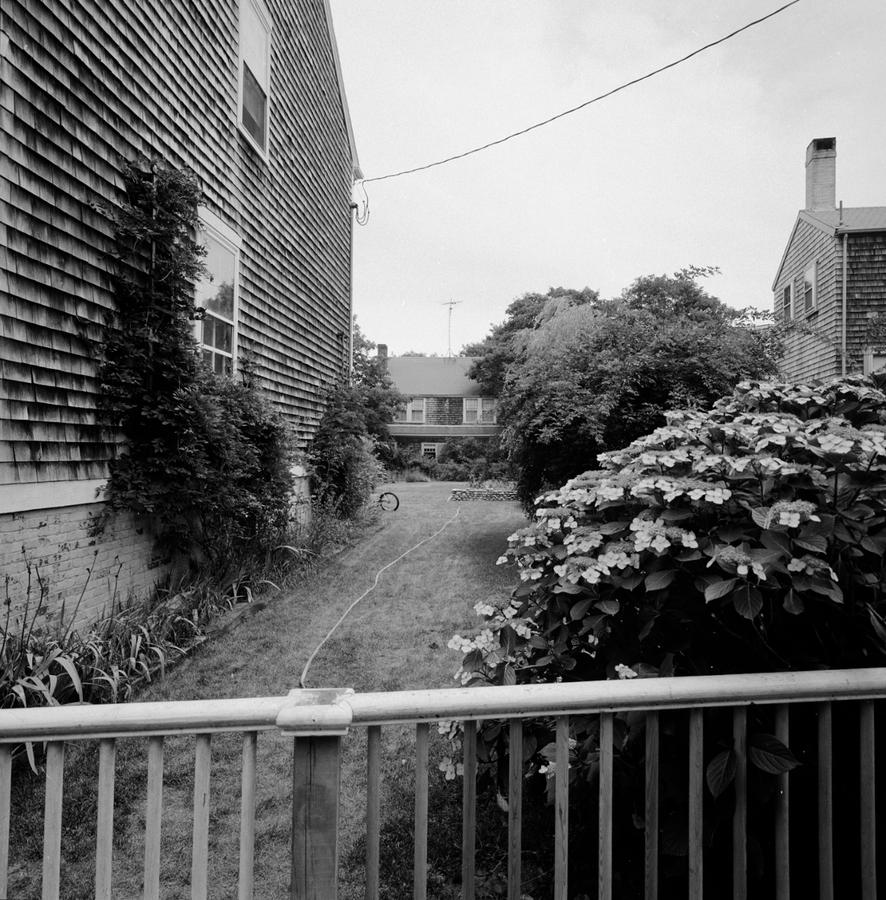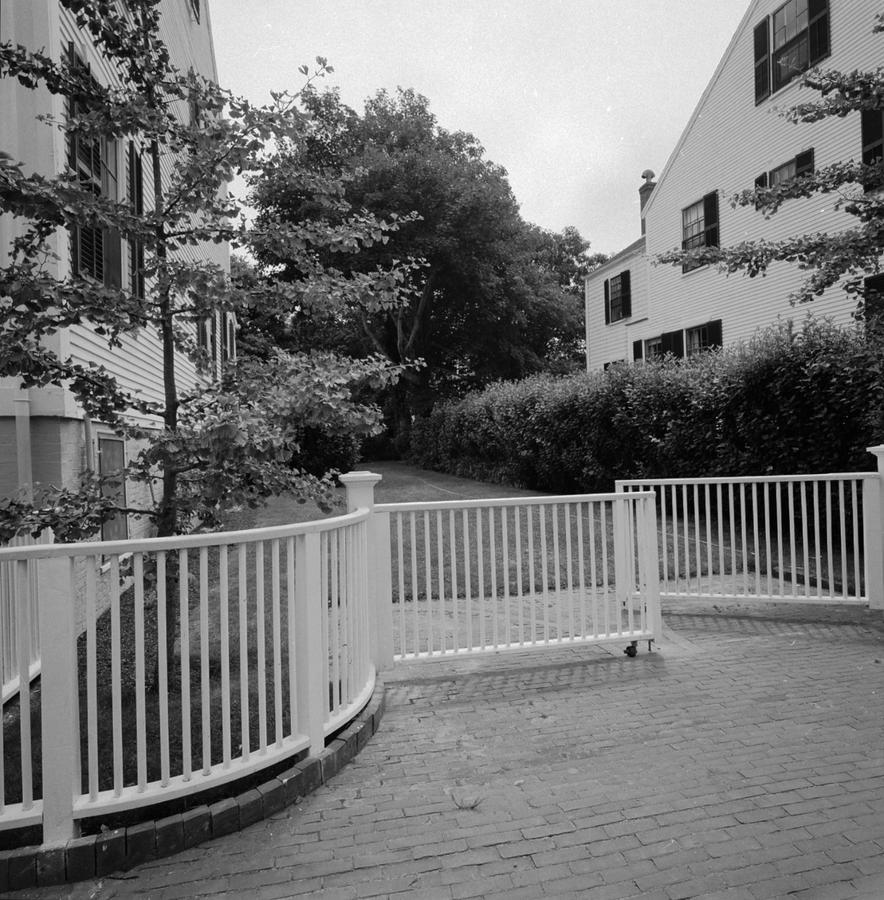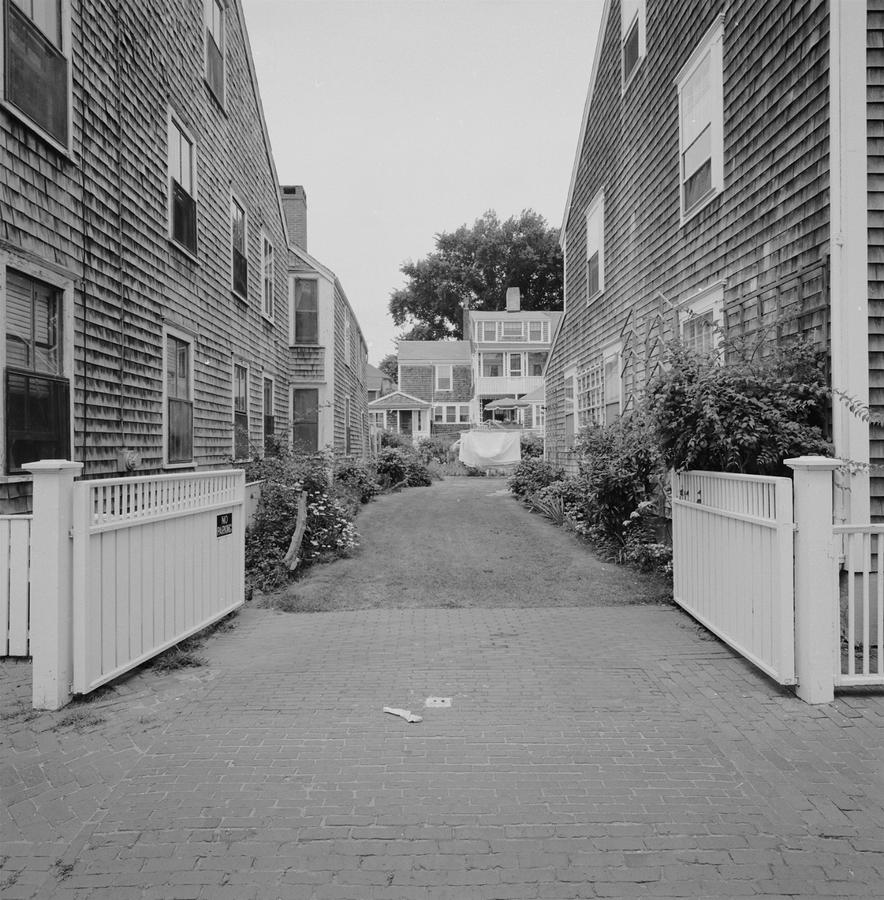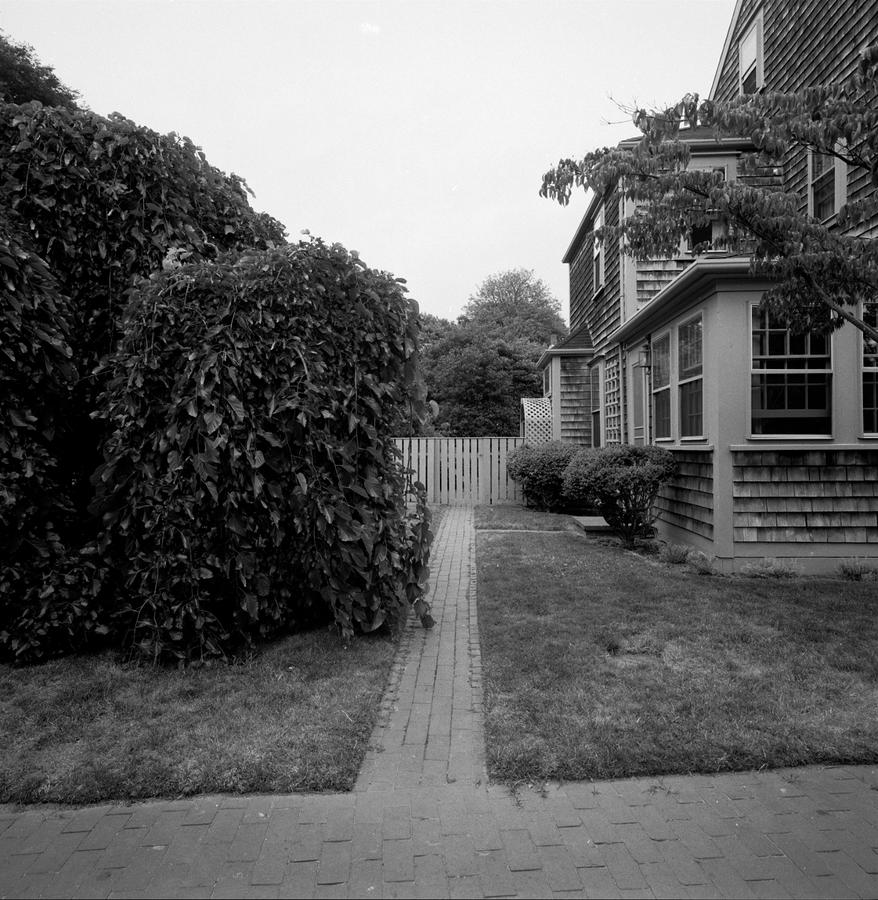Risk 2014
Of course, there are different kinds of risk. There is jump off the bridge attached to a bungee cord type of risk. There is being on the front line in a war type of risk. Then there is career risk, the kind that makes you jump ahead, stick your neck out, taking a chance on an idea you've had or sticking up for yourself among colleagues. The cliché "nothing ventured nothing gained comes to mind."
Last week I took a risk and yes, it feels good to have done it. Each session at Penland, where I was teaching, the faculty present their work in evening slide shows. Each has 10 minutes to show whatever they like in front of the community of artists and craftspeople present in that particular session of classes. I chose to show the work of mine from the Mutter Museum in Philadelphia (Mutter) and the pictures from Reggio Emilia in Italy (Spallanzani Collection) to, what turned out to be, a stunned audience. The two times I'd presented before when teaching there I had shown landscape work and work from older series so there was some shock at seeing pictures of medical specimens up on the screen in the auditorium that when projected were about 16 feet across.
Finally, for the last work I showed I put up slides of the new "Monsters" work. Notice that there's no link to the work on the site? That's because I am withholding posting them for a bit, but stay tuned as some will go up soon. "Monsters" will be shown at 555 Gallery sometime in the next year, dates to be determined, meaning we haven't figured that part out yet. Want to see this work? Let Susan Nalband at the gallery know your feelings: 555 Gallery. BTW: I am pleased to announce here that I will be showing in Boston with 555 Gallery from now on. What's that mean? Want to see works of mine? Contact the gallery. Easy.
It was wonderful to surprise the crowd with this work. Before mine, Mercedes Jelinek showed hew work along with her killer video of her making pictures using photo booth (Mercedes) and then Chris Benfey went, standing in front of the audience, reading a poem he wrote and some wonderful phrases that were observational, personal, quirky and marvelous.
Ah Penland: so much, always powerful and positive and as though two weeks there can sustain an energy level throughout the following year.



